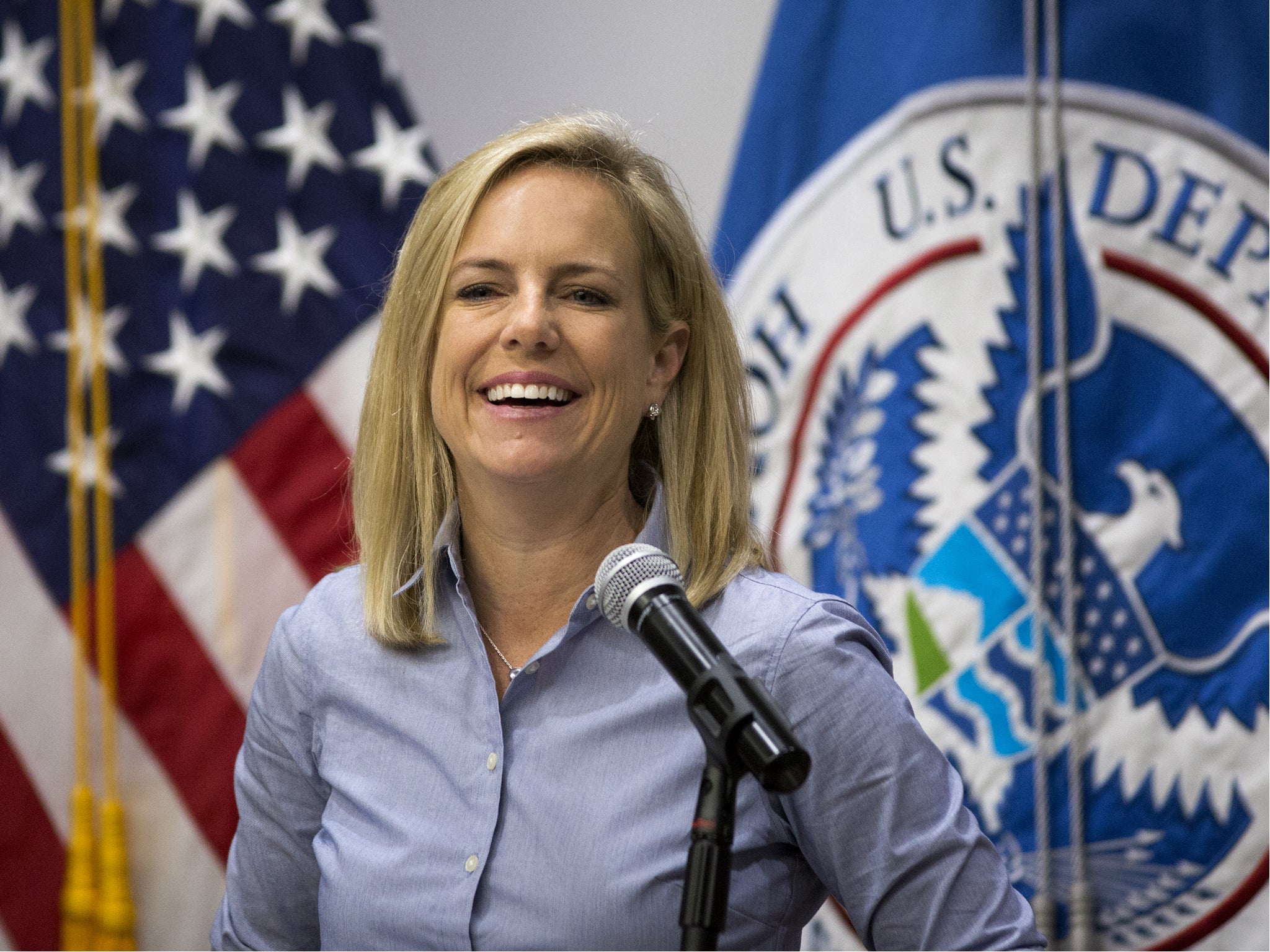US spent $2.8tn on counterterrorism but not all of it may have been necessary, report finds
The report suggests that there is no transparent accounting of counterterrorism spending

The US has spent $2.8 trillion (£207 trillion) on counterterrorism efforts since the September 11th attacks, a new report showed.
Washington DC think tank Stimson Center found that over the last nearly 17 years, average spending by the US government on efforts to stem or prevent terrorism was $186.6bn per year. This figure encompassed the continuing war in Afghanistan, the Iraq war, operations in Syria, all homeland security spending within the US, and foreign aid related to counterterrorism.
The spending reached a peak in 2008 at $260bn which roughly accounted for one-fifth of the federal government budget that year. The report indicated that not all of it was necessary either.
The Stimson Center said the bipartisan study “found a variety of weaknesses in definitions, tracking, and consistencies that limit accuracy and contribute to a lack of transparency regarding the current data. These weaknesses make it difficult to evaluate whether [counterterrorism] spending has been effective”.
The report also indicated that the White House Office of Management and Budget’s yearly financial report on homeland security spending was discontinued during the administration of President Donald Trump.
In 2017, the US spent $174bn, or 15 per cent of total federal government spending and an “11-fold increase” from 2001 spending. This is still significantly less than the peak in 2008, but the report indicated that there are no signs counterterrorism funding will decrease any time soon.
“Of $18 trillion in discretionary spending between fiscal years 2002-2017, [counterterrorism] spending made up nearly 16 percent of the whole,” the report said.
“We’re moving in the wrong direction,” said Mike McCord, one of the authors of the Stimson Center report and a former financial officer at the Defence department told the Wall Street Journal.
To provide context as to where funding may better be allocated, the study pointed out that in from 2001 to 2016 “Muslim extremists or jihadis have killed 100 people in the US, or about six per year. In comparison, [opioid overdose] was responsible for more than 20,000 deaths in the US during 2016 alone”.
The study was careful to note that “while the Stimson study group does not take a stance in this debate, it does conclude that arguing either case successfully – that is, determining whether [counterterrorism] expenditures have generated enough benefit to justify their cost – is difficult without accurate information about [said] spending”.
Among the recommendations of the report was for government agencies to develop a consistent and transparent definition of counterterrorism versus war spending.
The centre admitted the report was “imperfect” as a result and because it was not able to account for all foreign aid that may go towards counterterrorism efforts due to the lack of transparent accounting procedures and a set, government-wide definition.
The other recommendations including re-issuing the homeland security-spending report, writing that the White House “should provide metrics that show Congress and the public the scope of counterterrorism spending relative to total discretionary spending and total spending, including mandatory spending”.
Join our commenting forum
Join thought-provoking conversations, follow other Independent readers and see their replies
Comments